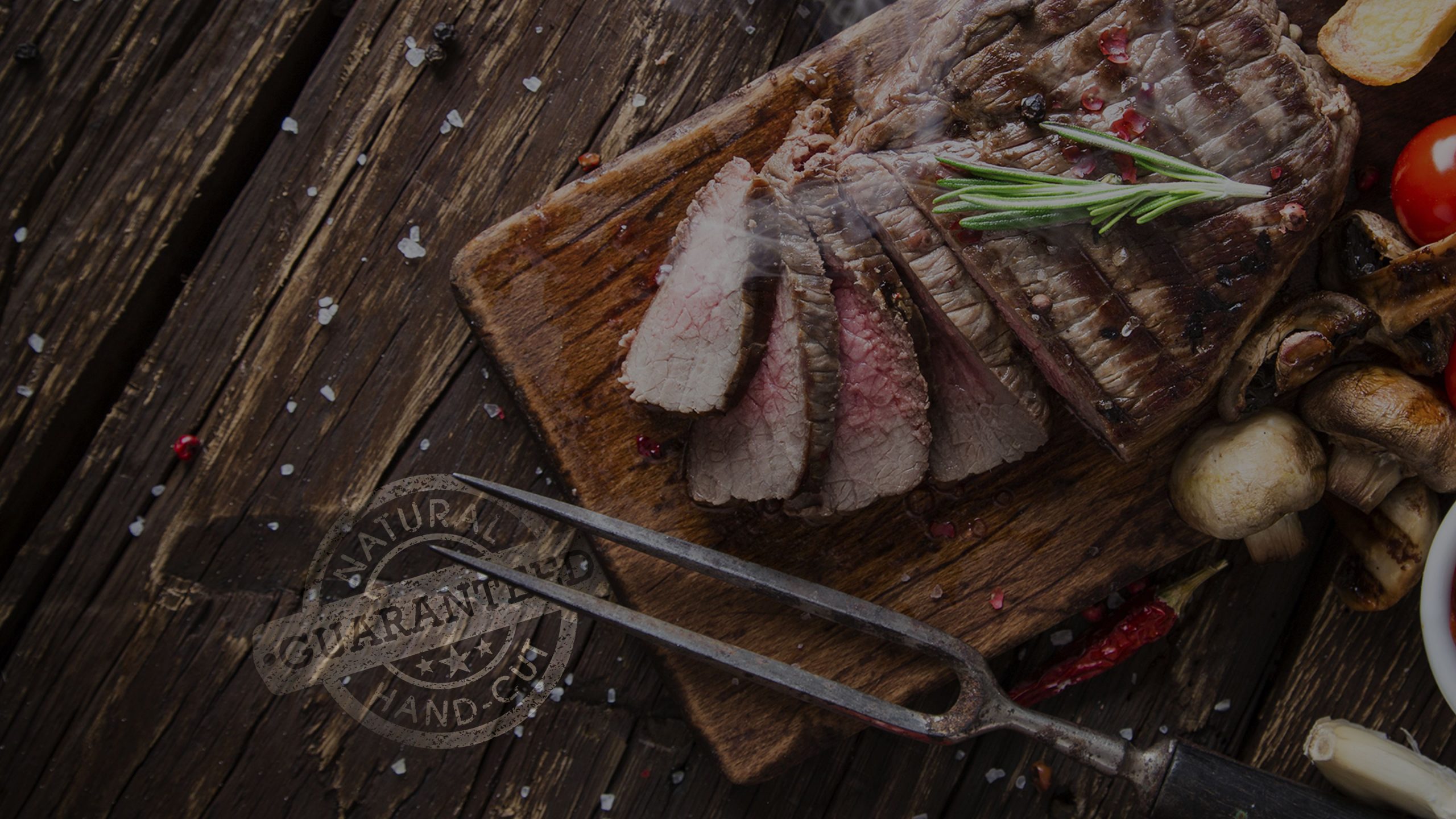The Tallgrass Frank—healthiest in the world
The announcement by the World Health Organization linking red meat and processed meat to cancer shouldn’t be a surprise. There have been similar studies but not broadcast with the power of the World Health Organization. Tallgrass Beef has been working for several years to create a hot dog that eliminates as many of the “processed” problems as possible. I think the result is remarkably healthy.
First, our franks and sausages are uncured. Uncured means the meat doesn’t include artificial nitrates or nitrites like those found in commercial preparations of salt and sodium nitrite, used to cure or preserve meat. The artificial preservatives have been under fire for years as a possible link to cancer. They can be found in many foods because they increase shelf life which creates more opportunities to sell them.
Shelf life has been the unsolvable last step in creating a sustainable hot dog–until my friend, Dr. James Marsden of Kansas State University, tipped me to a new development in preservation, High Pressure Processing. The theory is easier to understand if you’ve been a deep ocean scientist. I’ve made about three Pacific dives in the Alvin submersible, one of them was to Loihi, the growing volcano off the big island of Hawaii. On each dive, the scientists would place styrofoam objects like coffee cups in baskets on the outside of the titanium sphere. At the surface a coffee cup would measure about 5 inches, but at 4,000 feet beneath the surface, the pressure would squeeze all the air out of the foam cup reducing it to 1 inch in size in perfect proportion to the original.
To apply this process to meat preservation, we put our finished packages of hot dogs into a drum about four feet long. It is then rolled into a larger machine that subjects it to 87,000 pounds of pressure per square inch for three minutes (like the pressure at 4,000 ft). When finished, the packages return undisturbed but any pathogens that might be inside the hot dog are destroyed and the meat stays fresh for 150 days if kept below 40 degrees. It’s a game changer.
This breakthrough in food safety is just the beginning of a list of attributes that benefit the consumer. Our grass fed and grass-finished beef animals that remain in the pasture eat only rooted pasture grass and are never relegated to confined feeding operations. The feedlot diet of corn and other grains changes the microbes inside the animal’s rumen and reduces the nutrition of the corn-fed beef. It’s well established that grass-fed beef is significantly higher in the essential fatty acid Omega-3 as well as higher amounts of conjugated linoleic acid or CLA, now being studied as a cancer preventative or treatment. Doctors often prescribe grass-fed beef for patients deficient in iron and necessary minerals.
Without time spent on a corn diet in a feedlot, the grass-fed animal has no GMO grains. It receives no antibiotics or hormones to enhance the fattening process. Ruminants like buffalo and cattle evolved by grazing in the grassy pastures of the world. That’s where they belong. This is where they are truly humanely treated.
It may come as a shock to think of a hot dog as healthy and nutritious. You’re in for a bigger surprise when you taste it. I call it the world’s first sustainable hot dog and the best tasting.
“It’s the best tasting hot
dog I’ve ever had.”
-Monica Eng, Food critic, Chicago Tribune and NPR



 The grass-fed beef revolution is here, and Tallgrass Beef Company is leading the way. If you’re new here, we invite you to explore our site to learn the benefits of grass-fed beef, and why we believe our grass-fed beef is healthier.
The grass-fed beef revolution is here, and Tallgrass Beef Company is leading the way. If you’re new here, we invite you to explore our site to learn the benefits of grass-fed beef, and why we believe our grass-fed beef is healthier.